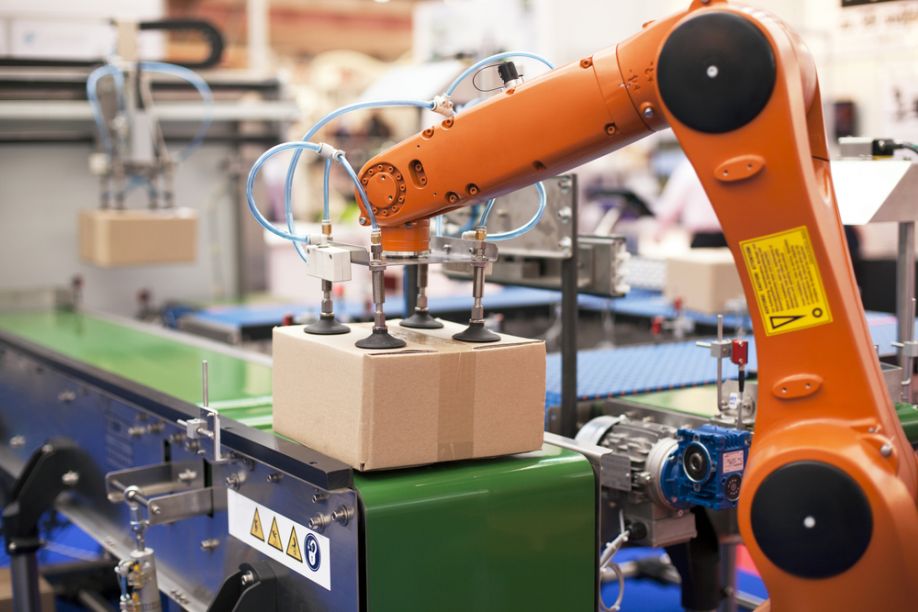The packaging robots are the automated robotic system that uses intelligent vision technology to understand the position and shape of the product to be packed. These products are then sent to the ‘to-be-handled’ area. Packaging robots generally are used to load, mark, code, seal, palletize, deliver, load, unlock, etc. Advancement in technology along with the organization’s rising emphasis on providing attractive, useful, and creative packaging is estimated to provide several growth avenues to them for future growth. The players are also looking to integrated AI technology to improve productivity and improve safety. One of the trending practices in the packaging industry is to provide sustainable, eco-friendly, and smart packaging.
Moreover, the outbreak of pandemic COVID-19 has also put a significant impact on the packaging industry for the greater good. The lockdown across the countries and sluggish transportation, coupled with the extreme importance of hygiene have encouraged the packaging industry to launch more innovative products, particularly for pharmaceuticals and the food & beverage sector.
Nevertheless, since robotic packaging requires a high initial setup cost, the global packaging robot market is estimated to witness a slight slow growth in terms of new entrants and smaller companies, especially during the pandemic.
In the past few years, the advancement in technology has given several scopes in robotics technology, with improved sensors, easier programming, improved range of end-to-arm tools, automated unified controls, and exponential growth in artificial intelligence (AI) technology.
The packaging industry has evolved significantly over the past years. This has also encouraged the companies to explore new innovations such as robotics to increase production, save manpower, and reduce human errors. Apart from just the functional usage of packaging, now it also provides information, physical protection, product marketing, and convenience of distribution. In the recent past, a lot of importance is given to the customization in packaging and the attractiveness of the product driving the global packaging robot market.
The global packaging robot market is broadly categorized into type, application, end-user, and region. Based on type, the global market is divided into primary packaging, tertiary packaging, and secondary packaging. In terms of application, the market is segmented into palletizing, filling, case picking, packing & picking, tray packing, and so on. On the basis of end-user, the market is classified into retail, logistics & transportation, healthcare, pharmaceutical, food & beverages, and others.
Geographically, the global packaging robot market is likely to be led by Europe with the highest market share within the forecast period. This is credited to the rising adoption of automation in the nations like France, the UK, and Germany. In addition, the growth of the logistic industry and automated solutions are also foreseen to uplift regional growth.
The region is followed by the Asia Pacific attributed to increased production of robotic solutions by Japanese and Chinese firms and thus, contributes to the growth in the global packaging industry in the region.
The leading players in the global packaging robot market are Yaskawa Electric Corporation, Intelligent Actuator, Fuji Yusoki Kogyo, Yamaha Robotic, KUKA Robotics, AFAST Robotics, Okura USA, ABB Limited, FANUC Corporation, and Schneider.
To cite, recently Kawasaki launched the RS013N payload robot, medium-sized, with 13 kg payload ability, drive system, lighter key unit, new arm structure, and a smaller footprint.
